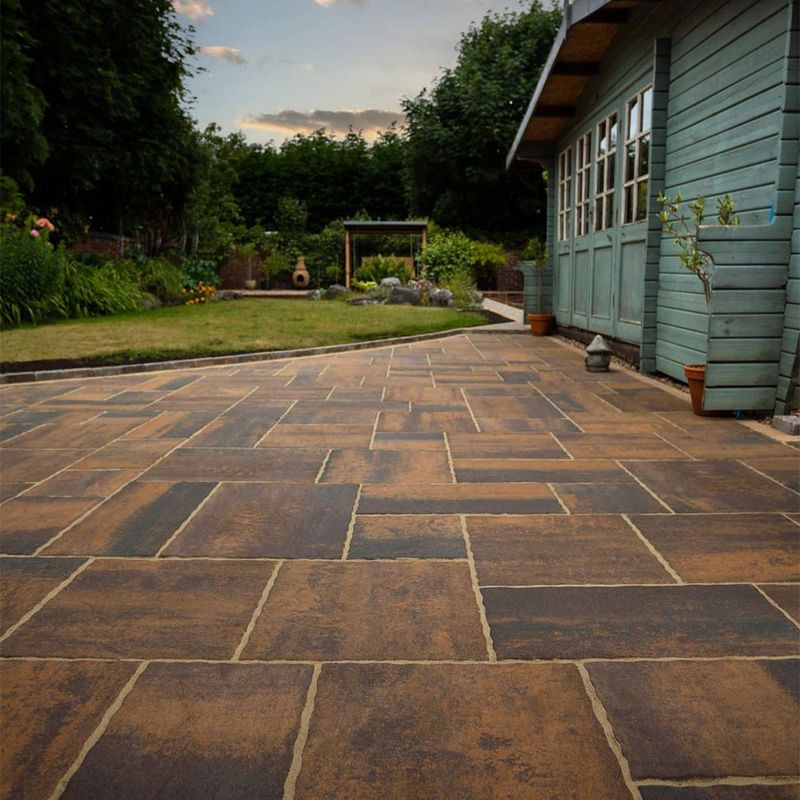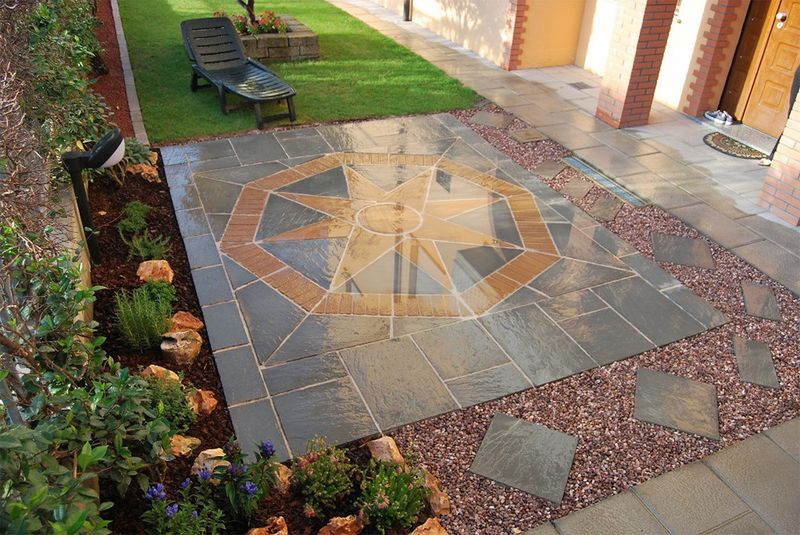The paving pattern can make or break your landscaping design.
While it may seem like an afterthought, it’s massively important.
Get it right, and your patio will immediately become the crown jewel of your garden. But get it wrong, and your patio will stick out like a sore thumb.
To help you avoid any disappointment, at Landscaping Superstore we’ve put together a comprehensive guide on how to choose a paving pattern that will take your patio and your garden to the next level.
Read on.
Table of contents:
Factors you need to consider
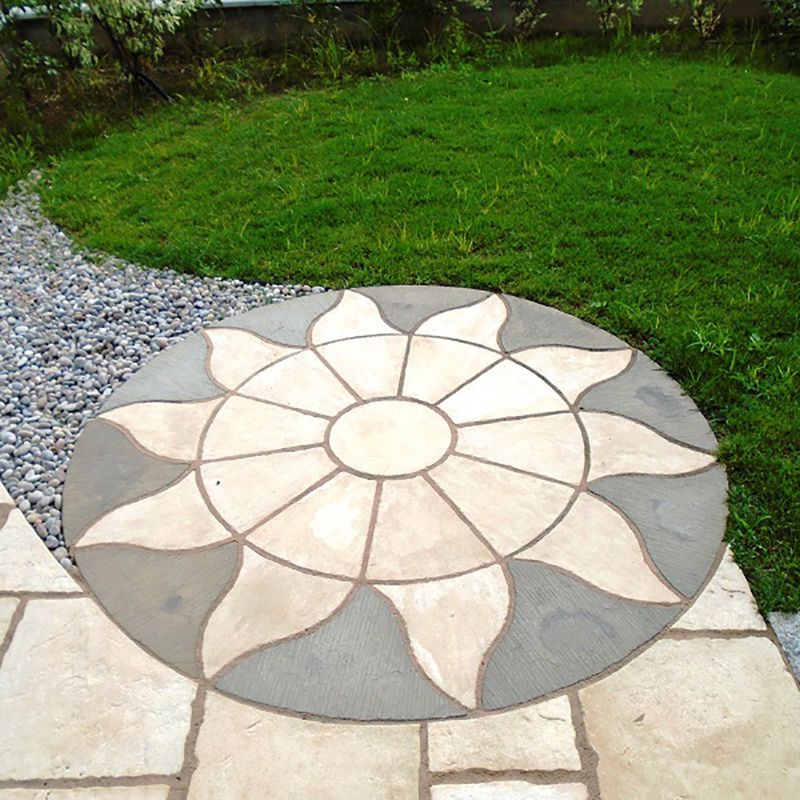
Desiring a design is great, but have you clearly defined both the specific design plan and your budget?
Now:
Take the time to meticulously plan and outline your objectives, ensuring that your vision aligns seamlessly with the financial resources you have allocated for the project. Don’t forget to consider the intended purpose of your patio.
By addressing these factors in advance, you can guarantee that your patio design not only meets your aesthetic preferences but is also practical and well-suited for its intended function. This thoughtful approach ensures that your design aspirations are not only realised but are also harmoniously integrated with practical considerations and financial constraints.
With that in mind, let’s take a close look at these factors:
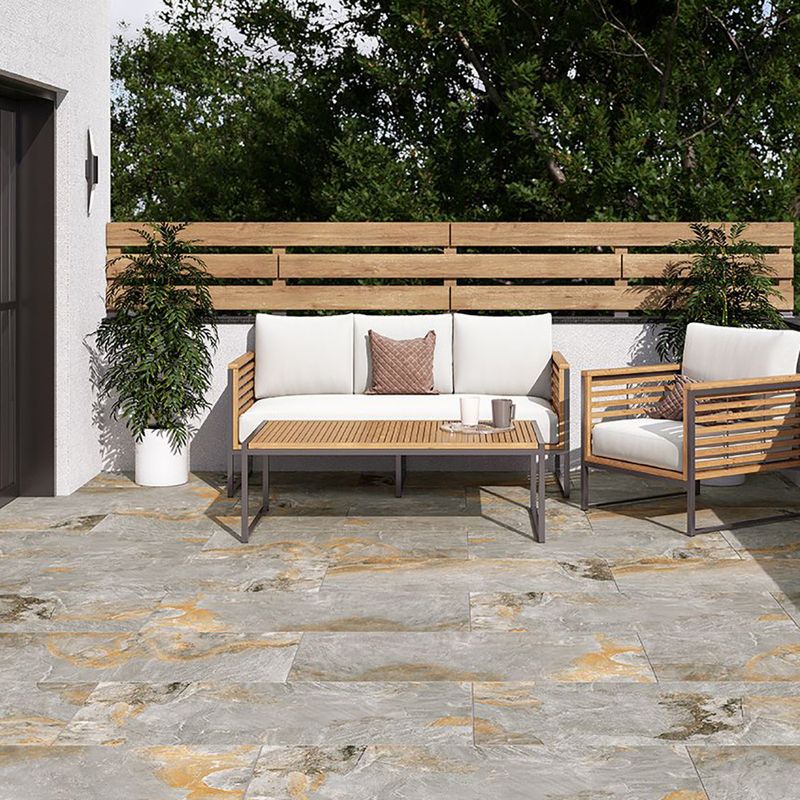
What purpose will my paving serve?
The right selection of a paving pattern isn’t solely based on aesthetics but also takes into account the practical considerations of the intended use.
For instance, in areas with high foot traffic or serving as a driveway, there is a heightened risk of wear and tear. In such cases, opting for a pattern that features an interlocking style, such as the herringbone, is preferable.
Conversely, spaces like courtyards, patios or other social areas with lighter foot traffic afford the opportunity to embrace a more diverse range of styles, such as the stretcher or basket weave paving patterns.
Here is a compilation of various paving patterns and their suitability for specific areas:
| Paving Pattern | Applications |
| Herringbone | Driveways High-traffic areas Contemporary homes |
| Bond | Patios Traditional homes |
| Stretcher bond | Patios Curved pathways Traditional homes |
| Stack bond | Patios Courtyards |
| Basket weave | Patios Courtyards Backyards |
| Asymmetrical/mixed stone | Rustic homes |
What colours are best for a paving pattern?
Fortunately, the option to choose from a diverse array of colours and the flexibility to paint over paving provides ample creative possibilities.
That being said:
Your selection should be guided by specific considerations aligned with your needs. Deliberately contemplate your envisioned final design, strategically coordinating colours with both the chosen pattern and overall theme.
Short of ideas? No worries!
We have a few examples of colours and their recommended paving patterns for you to consider:
- Corn field – goes well with classic patterns such as stretcher bond, creating a warm and inviting ambience
- Scottish glen – well-matched with natural and irregular patterns, enhancing the rustic charm of settings like pathways or garden walkways
- York gold – works seamlessly with geometric patterns such as checkerboard or running bond, providing a touch of elegance and symmetry
- Eastern sand – best suited for intricate patterns like herringbone or basket weave due to its versatile and neutral nature
- Lakefell – ideal for larger spaces with less defined patterns, allowing its cool tones to contribute to a calming atmosphere
- Antique – adds a timeless touch to traditional patterns like cobblestone or fan, creating a classical Graeco-Roman aesthetic.
Can I incorporate multiple colours?
In a word – absolutely!
Skilfully combining the right colours has the potential to elevate the overall aesthetic of each hue present in the paving. Consider, for instance, pairing a cream colour with a tasteful brick red around the headers or footers to create a visually appealing contrast. The potential for creative combinations is virtually limitless!
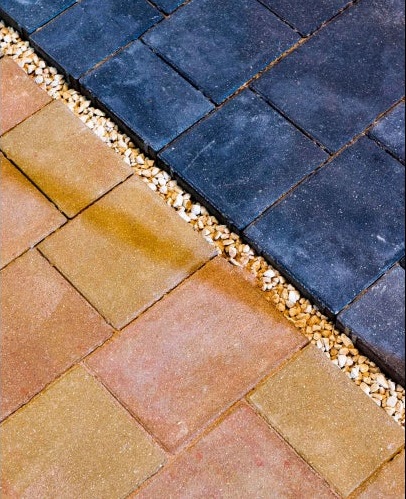
On the other hand:
If you prefer a more uniform appearance with subtle variations, there’s the option to employ the same base colour in various shades around the borders. This approach allows for a cohesive yet dynamic visual effect, offering a balance between consistency and nuanced change.
Next:
What is efflorescence?
Efflorescence on paving refers to the white, powdery residue that can appear on the surface of concrete or masonry surfaces. Typically, it occurs when water-soluble salts migrate to the surface through the pores of the paving material and react with the air, forming insoluble white deposits.
The good news is:
This phenomenon is often a cosmetic issue and doesn’t usually affect the structural integrity of the paving. In case you’re wondering, efflorescence can be caused by various factors, including moisture, temperature changes and the composition of the paving materials.
Key takeaway:
Regular cleaning and sealing of the paving can help minimise the occurrence of efflorescence.

Final thoughts
At the end of the day, your paving pattern can be whatever you want it to be.
The truth is:
The possibilities are endless.
With that in mind, always take into account your surrounding landscaping features and how your chosen pattern will work alongside them.
The bottom line is:
Take your time and get expert advice – you got this!
